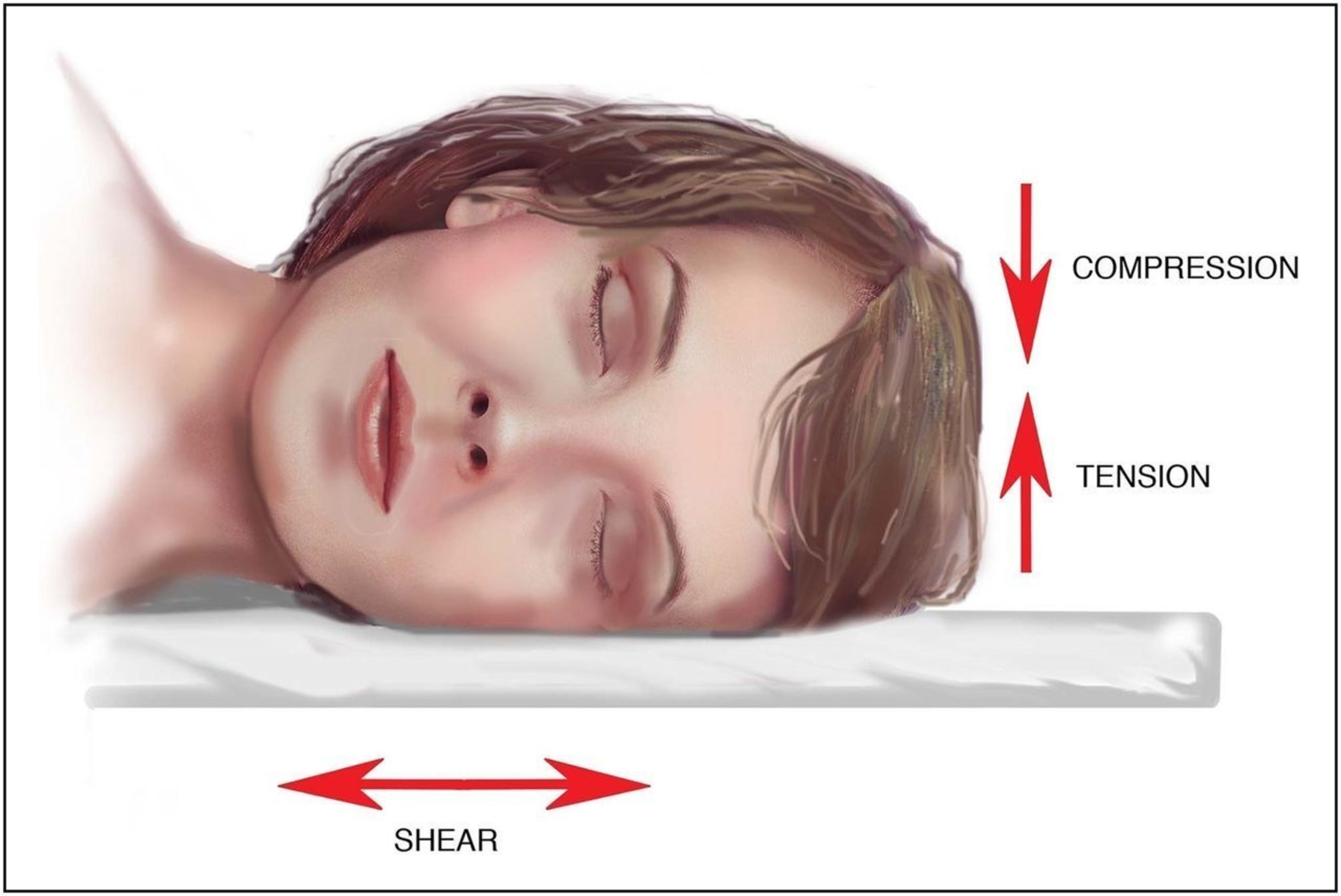Do you wake up with an unwelcome surprise in the mirror: an asymmetrical face? It’s a common predicament faced by many side sleepers. Years of slumbering on one cheek can subtly reshape your visage, leaving you with an uneven jawline, drooping eyelid, or lopsided smile. While genetics can also play a role, the relentless pressure exerted by your pillow on your face can contribute to this cosmetic concern. But fear not, this facial asymmetry is not set in stone and can be addressed with simple adjustments to your sleeping habits and potentially other treatments.

Image: sleep-faq.com
Unveiling the Causes of Asymmetry
The human face is a masterpiece of symmetry, yet it’s susceptible to the molding forces of our sleep positions. When you habitually sleep on one side, the constant pressure on your facial muscles and underlying bone structure gradually takes its toll. The muscles on the side you rest on become weakened due to inactivity, while their counterparts on the opposite side strengthen from consistent use. Over time, this imbalance manifests as a noticeable asymmetry.
Furthermore, the soft tissues of your face, primarily the fat and skin, are also affected by the lopsided pressure. As the side you sleep on experiences unrelenting compression, the fat and skin there flatten and lose volume. On the other hand, the tissues on the opposite side retain their plumpness due to minimal pressure. This disparity in tissue fullness contributes to the perceived asymmetry.
Breaking the Mold: Sleep for Symmetry
Recognizing the culprit behind facial asymmetry is half the battle, but rectifying it requires a conscious effort to alter your sleeping habits. Here are some effective strategies to train yourself to sleep in a more balanced way:
-
Embrace Back Sleeping: The ideal sleep position for maintaining facial symmetry is to lie on your back, with your head supported by a pillow that keeps your neck in a neutral position. This posture evenly distributes the weight of your head and minimizes pressure on your face.
-
Prop Up with Pillows: If sleeping on your back feels unnatural, try using pillows as props to support your side-sleeping position and prevent excessive pressure on one side of your face. Place a pillow between your knees to maintain spinal alignment and use a small pillow or rolled-up towel under your forehead to neutralize facial pressure.
-
Nighttime Reminders: Transitioning to a new sleep position requires patience and consistency. Set gentle reminders, such as leaving a note on your nightstand or placing a pillow barrier on your preferred sleeping side, to encourage you to adjust your position during the night.
Other Avenues for Asymmetry Correction
While modifying your sleeping habits is the primary strategy for addressing facial asymmetry, additional measures may enhance the results:
-
Facial Exercises: Engaging in regular facial exercises can strengthen weakened facial muscles and help restore balance. Focus on exercises that target the muscles on the less-used side of your face.
-
Massage Therapy: Incorporating facial massage into your skincare routine can stimulate blood flow, release tension in facial muscles, and promote overall symmetry.
-
Professional Treatments: In certain cases, more intensive treatments, such as dermal fillers or surgery, may be considered for significant asymmetry that does not respond to conservative measures.

Image: www.drjeremyhunt.com.au
How To Fix Facial Asymmetry From Sleeping On Side
Conclusion
Facial asymmetry caused by side sleeping is a common concern that can be effectively addressed. By adopting a more balanced sleep position and implementing additional strategies, you can gradually restore symmetry to your face. Remember, consistency is key, and with patience and dedication, you will reawaken to a more symmetrical visage. If you continue to experience asymmetry or have any concerns, don’t hesitate to consult with a skincare professional or medical practitioner for personalized guidance.